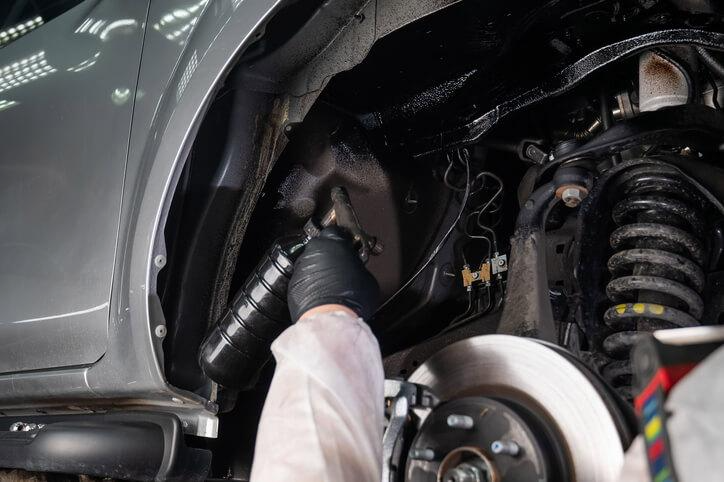Car Components Explained: Exploring Car Parts & Functions
If you’re considering a career as an auto mechanic, understanding the different parts of an automobile’s systems is a great place to start. Cars are complex machines made up of thousands of pieces, but there are several essential car components that keep vehicles running smoothly. From the engine to the brakes, each system has a role in performance, safety, and comfort.
In this blog, we’ll highlight the most important parts of a car, showing you what they do and where you’ll find them. Whether you’re simply curious or preparing for training, these basics will give you a strong foundation.
Under the Hood: Key Power Components
The engine is the heart of the car, producing power by burning fuel. Alongside it, the battery supplies electricity to start the vehicle, while the alternator keeps electrical systems running on the road. The radiator works with the cooling system to prevent overheating, making sure the engine operates at the right temperature.
Without these core parts working in harmony, a car couldn’t even start, let alone function reliably. For anyone beginning automotive studies, these are often the first components you’ll learn to service and maintain.
Under the Car: Drivetrain and Suspension
Beneath the vehicle, the transmission transfers power from the engine to the wheels by shifting gears. The drive axle and differential distribute that power so the wheels can turn effectively, especially when cornering. These parts form the backbone of the drivetrain, converting energy into smooth forward motion.
The suspension system, made of springs and shocks that absorb bumps for a smoother ride, supports the car’s weight. Finally, the tires provide traction, ensuring control and safety in different road conditions. These different parts of an automobile keep a vehicle steady, comfortable, and responsive to driver input.

Control and Safety Systems
Inside the vehicle, the steering wheel connects to the steering system, helping drivers guide the car precisely. The brake system is equally vital. When the pedal is pressed, brake pads create friction on rotors or drums, slowing the car to a stop. A well-maintained brake system can mean the difference between a safe drive and an accident.
Other essential systems include the fuel system, exhaust, and interior electronics. While not always visible, these elements form the core parts of the automobile, ensuring reliability and safety every time a driver takes the wheel.
Essential Car Components Overview
| Component | Function | Location |
| Engine | Generates power | Under hood |
| Transmission | Transfers power to the wheels | Under car |
| Battery | Provides electrical energy | Under hood |
| Alternator | Recharges battery, powers systems | Under hood |
| Radiator | Prevents overheating | Front, under hood |
| Brakes | Slow or stop the car | At each wheel |
| Suspension | Absorbs shocks, supports the vehicle | At each wheel, under the car |
| Steering System | Guides car’s direction | Interior & under hood |
| Drive Axle | Delivers power to wheels | Under car |
| Tires | Provide traction and cushioning | Exterior, at each wheel |
Each of the different parts of a car plays a unique role, but collectively, they form the framework that allows vehicles to operate smoothly. For students entering the field, this table serves as a starting checklist of the systems you’ll study and eventually master.

Exploring the Different Parts of Automobile Systems: Your Next Step
Learning how these car components work is just the beginning. Aspiring mechanics at ATC Toronto gain practical experience with all major vehicle systems, preparing for careers where both knowledge and hands-on ability matter. By understanding how the different parts of a car interact, you’ll be ready to diagnose issues, carry out repairs, and ensure driver safety.
Are you ready to explore the parts of the automobile in depth?
Contact ATC Toronto to learn more about our Toronto Auto Mechanic Training and start building your future today!


